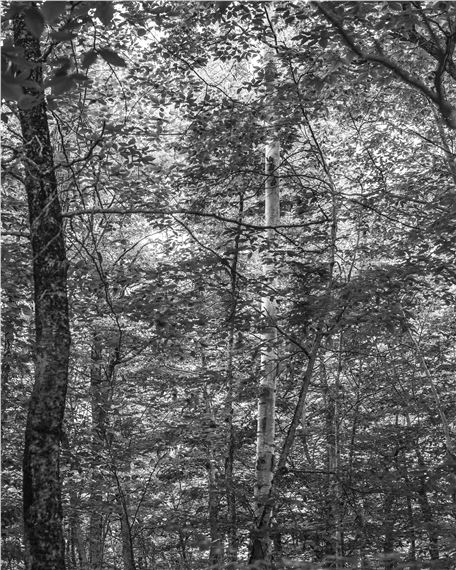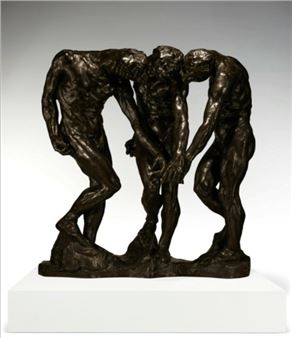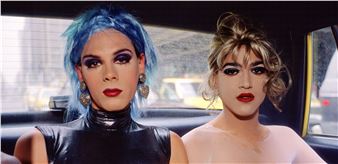ONLINE: Seeing Nature
Seeing Nature explores how modern, postwar, and contemporary artists reflect on nature through personal emotions, cultural perspectives, and political awareness. Featuring diverse media such as works on paper and photography, the project highlights nature as a source of joy, awe, peace, and introspection while acknowledging its deeper cultural and ecological significance. Considering today’s climate crisis, representations of nature can also serve as acts of resistance and environmental advocacy. Through a range of artistic approaches, Seeing Nature presents a compelling dialogue between humanity and the natural world from Modernism to the present.
Historically, artists have turned to nature to explore personal and collective identity. From Impressionist painters like Paul Gauguin, who used color expressively to convey emotional landscapes, to Abstract Expressionists like Joan Mitchell, whose works transform remembered views into dynamic compositions, nature has long inspired innovation. This legacy continues with artists like Ansel Adams, whose photographs champion environmental preservation, and Bryson Rand, who connects the resilience of nature to the strength of marginalized communities. As Adams remarked, “The moods and qualities of nature and the revelations of great art are equally difficult to define; we can grasp them only in the depths of our perceptive spirit.” Through this lens, Seeing Nature invites viewers to reflect on the evolving relationship between humanity and the environment.

Recommended for you
Seeing Nature explores how modern, postwar, and contemporary artists reflect on nature through personal emotions, cultural perspectives, and political awareness. Featuring diverse media such as works on paper and photography, the project highlights nature as a source of joy, awe, peace, and introspection while acknowledging its deeper cultural and ecological significance. Considering today’s climate crisis, representations of nature can also serve as acts of resistance and environmental advocacy. Through a range of artistic approaches, Seeing Nature presents a compelling dialogue between humanity and the natural world from Modernism to the present.
Historically, artists have turned to nature to explore personal and collective identity. From Impressionist painters like Paul Gauguin, who used color expressively to convey emotional landscapes, to Abstract Expressionists like Joan Mitchell, whose works transform remembered views into dynamic compositions, nature has long inspired innovation. This legacy continues with artists like Ansel Adams, whose photographs champion environmental preservation, and Bryson Rand, who connects the resilience of nature to the strength of marginalized communities. As Adams remarked, “The moods and qualities of nature and the revelations of great art are equally difficult to define; we can grasp them only in the depths of our perceptive spirit.” Through this lens, Seeing Nature invites viewers to reflect on the evolving relationship between humanity and the environment.

 ARTISTS
ARTISTS













